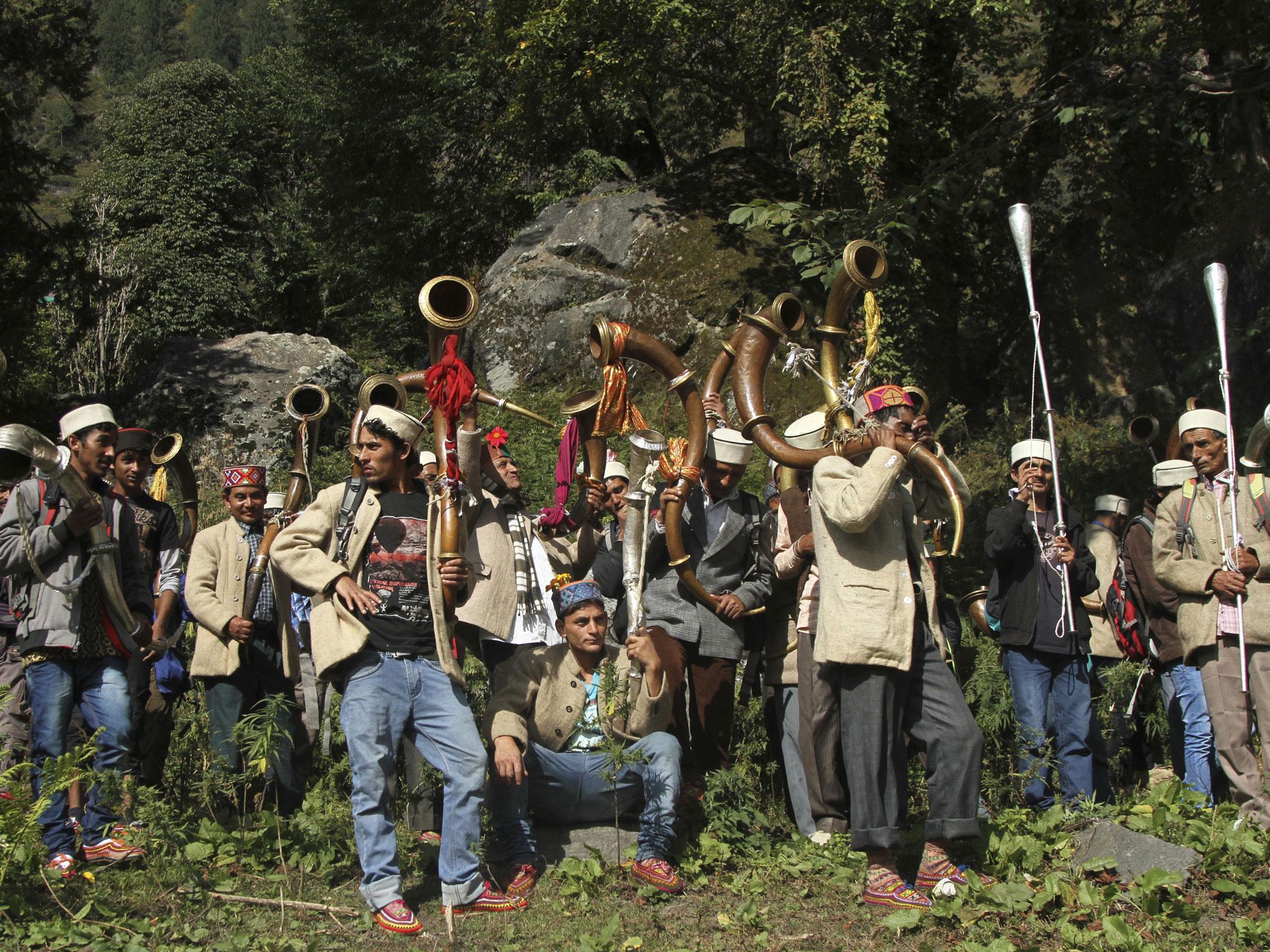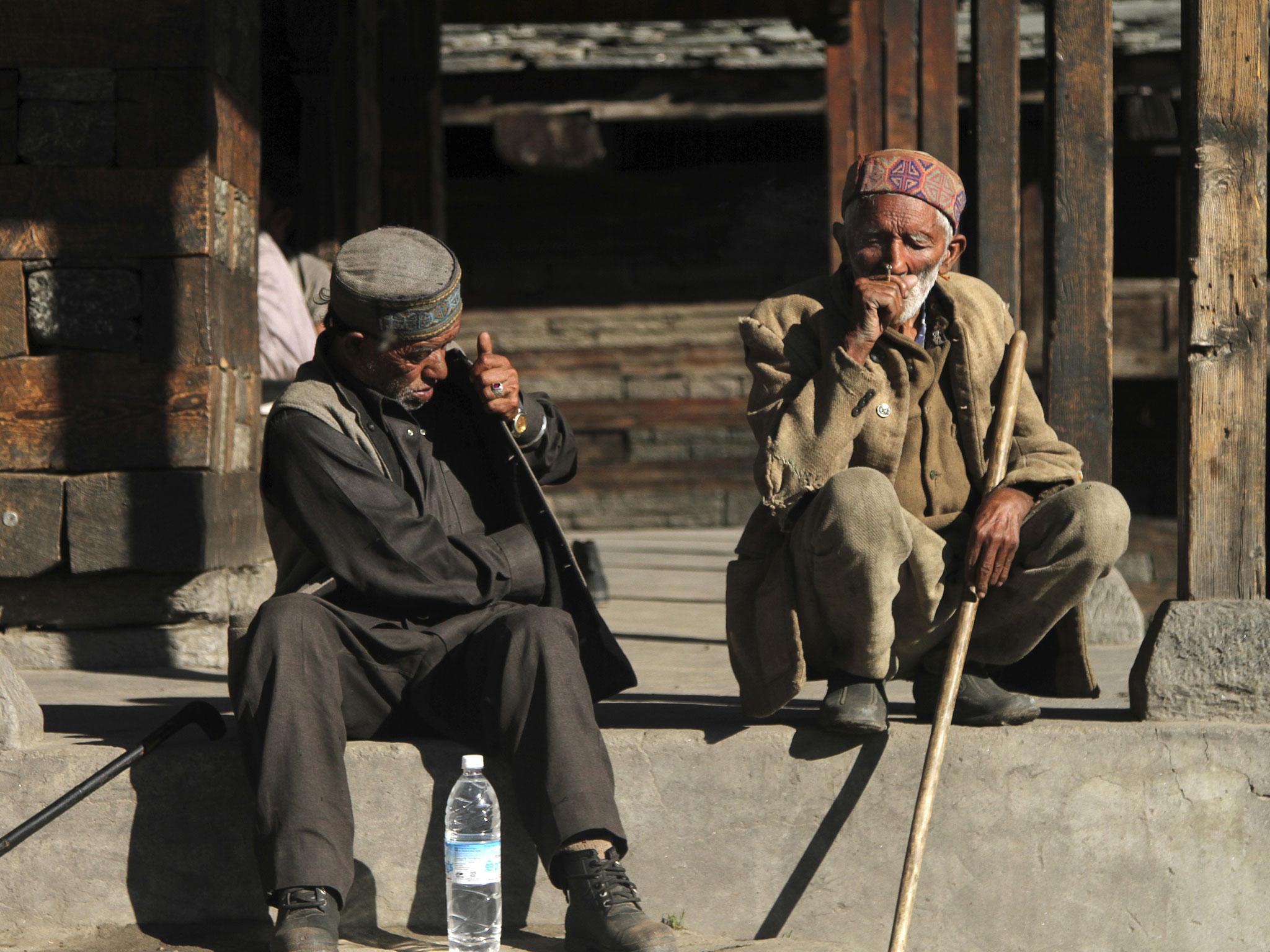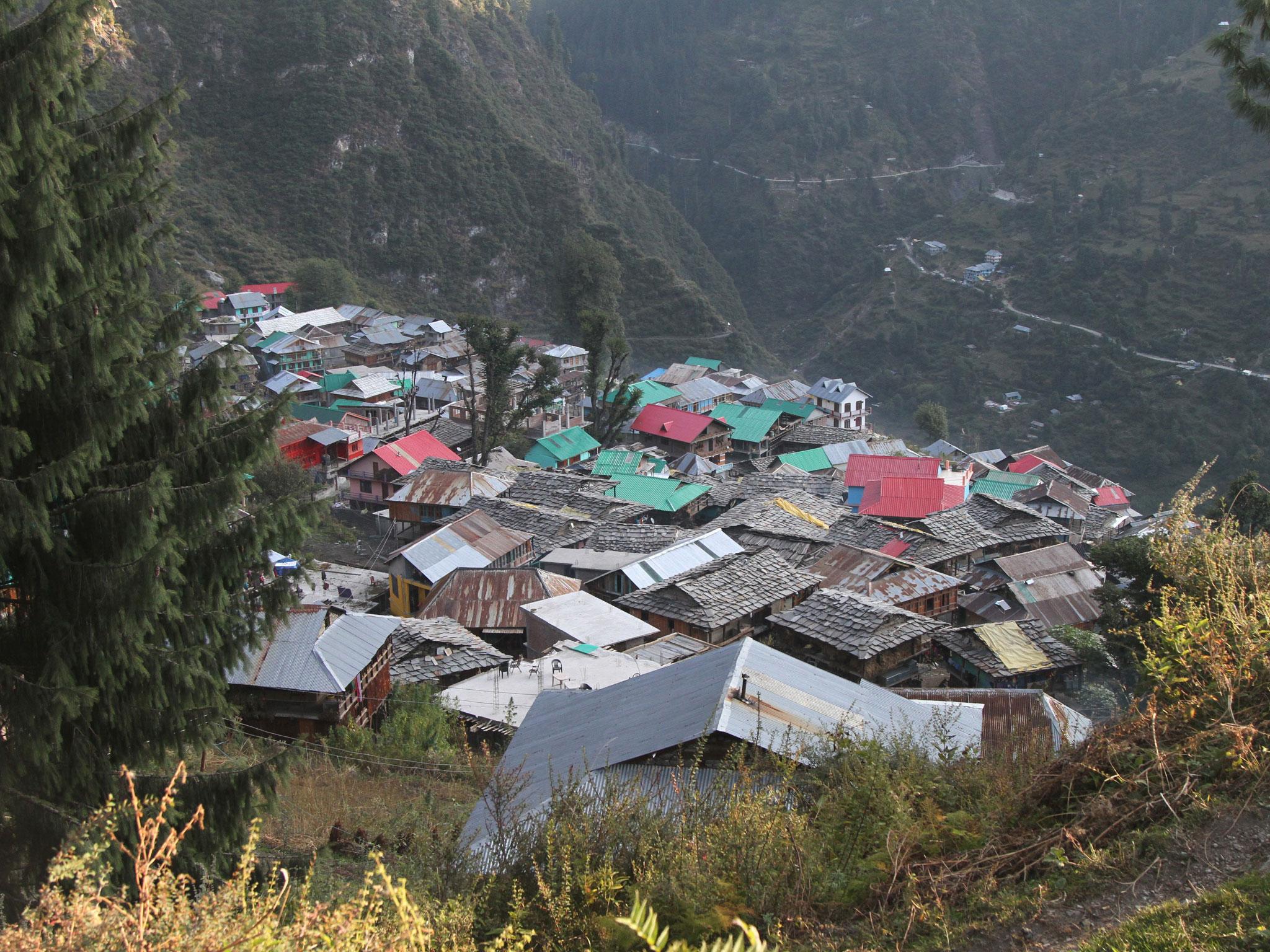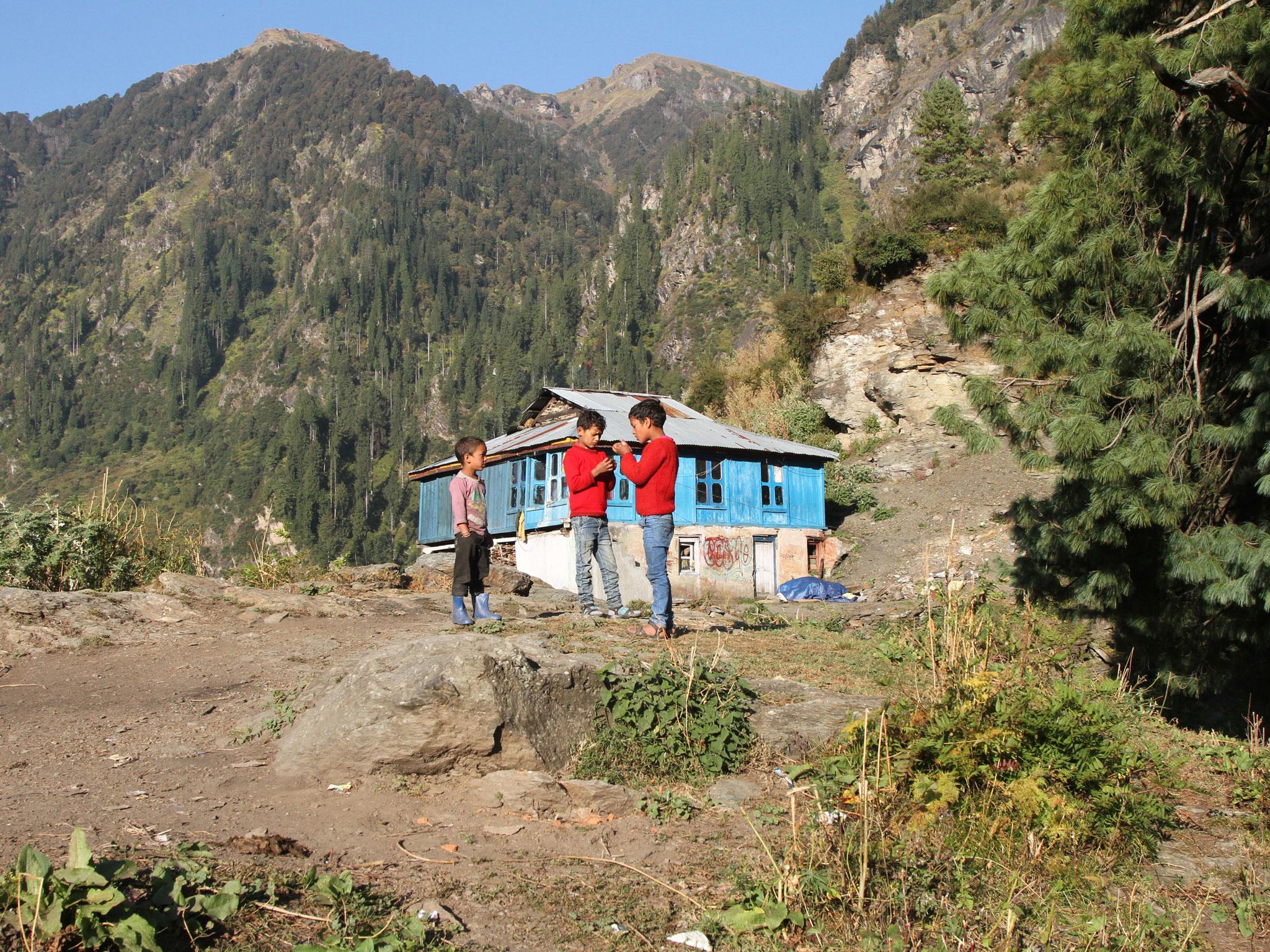The village where cannabis is the only livelihood
For hundreds of years, the tiny village of Malana was just a speck lost amid the grandiose mountains of the Indian Himalayas

Your support helps us to tell the story
From reproductive rights to climate change to Big Tech, The Independent is on the ground when the story is developing. Whether it's investigating the financials of Elon Musk's pro-Trump PAC or producing our latest documentary, 'The A Word', which shines a light on the American women fighting for reproductive rights, we know how important it is to parse out the facts from the messaging.
At such a critical moment in US history, we need reporters on the ground. Your donation allows us to keep sending journalists to speak to both sides of the story.
The Independent is trusted by Americans across the entire political spectrum. And unlike many other quality news outlets, we choose not to lock Americans out of our reporting and analysis with paywalls. We believe quality journalism should be available to everyone, paid for by those who can afford it.
Your support makes all the difference.Nestled high in the higher reaches of the lush Kullu Valley, Malana used to be a four-day hike from the nearest road. Its laws, tradition says, were laid down by the village god Jamlu. People elected their own parliament and disputes were settled in their own court. Villagers would run in terror if an outsider showed up.
But Malana is hidden no more. For centuries, the villagers have been growing the plant that has made Malana one of the world's top stoner destinations, and a battleground —at least symbolically — for India's haphazard fight against "charas," the black and sticky hashish that has made the village famous.
In 1985, the Indian government gave in to international pressure and banned the production and consumption of cannabis. Possession of a kilogram (2.2 pounds) of charas — a THC-rich extract derived from rubbing out the resin from freshly cut marijuana buds — is punishable by a minimum 10 years' imprisonment.
In the sleepy mountainous states of North India, marijuana has grown indigenously for hundreds of years. Local lawmakers and officials say the plant is part of their tradition and empathize with people in steep, remote villages who consider cannabis the only cash crop they can grow in harsh weather and geographic conditions.
Maheshwar Singh, a local lawmaker and the descendent head of the royal family of Kullu, said a look at the old tax books shows that the plant was legally cultivated and sold for decades before India's drug law.
"It was a multipurpose plant for these people," said the burly, cheerful 67-year-old, pointing out the local usage of hemp fibers in making ropes and traditional "pula" slippers that continue to be the only footwear allowed for pilgrimages.
The people of Malana have to haul ration and wood for kilometers (miles) to get it into the village. Though a shabby road has cut the arduous trek to only an hour and a ropeway is being used to transport heavy cargo, the villagers still spend half the year collecting essentials from nature. The other half is spent in hibernation as the bitter winter buries the village under snow.
Every morning, Gori Massi slowly starts the trek to her field, sometimes singing to herself as she walks up a rocky trail. Walking at a pace of a 20-year-old, the wrinkles on her face and hands are the only indication of her age; she is 80.
It will take her an hour to get to her plants that are hidden far away from the village near the forest line. She will sit there all day, curing high-potency marijuana buds and rubbing them between her palms to juice out the resin that smears her hands black.

After collecting about 20 grams (0.71 ounces) of gooey hashish that would fetch her anywhere between $50 to $150, she decides to call it a day. And prays the police spare her fields this year.
"Wheat and other grains don't grow on this land," Massi said. "Nothing else grows here. We have to live like that, and whatever plants we do have are cut down by the police. What can we do?"

The aromatic "Malana Cream" — a variety of oily hash produced in the village from higher-potency plants with hybrid seeds — has earned legendary status among pot smokers around the world. Consumed mostly with tobacco, in a joint or a chillum, the pungent hash has found its way into coffee shops in Amsterdam and won the High Times Cannabis Cup at least twice.
In India, this fame has meant an influx of foreign and local tourists into Parvati Valley, a group of mountains around the Parvati River near Malana, that has grown each year in the past decade.
"It's just become a destination for international cool people, stoners, hikers," said Florent Dupont, 32, as he sipped tea and rolled a joint in a guesthouse.
"People know they can get the freshest, nicest product," the filmmaker from France added.
The valley is teeming with young Israelis, many draped in colorful shawls and wearing their hair into ropey dreadlocks, who come for a therapeutic experience after years of military service.
Singh said it is this frenzied popularity of local hashish that has exploded the cultivation of cannabis in the valley. In 2016, the local government estimates 240 hectares (593 acres) of land in the region was used for cannabis cultivation, producing more than 12,000 kilograms (26,455 pounds) of hashish.
The real numbers are much higher as plants are grown on steep edges of high mountains that are impossible for the police to reach.
While the rising demand and price of charas has benefited the villagers, it has also led to a slight increase in prosecutions and prompted the government to send machete-wielding police and forest personnel on long treks to destroy a small percentage of the marijuana fields.
Villagers claim they have an understanding with local officials, who tell them to push their fields away from the village and into forest land, where they cannot be prosecuted for a field that's not on their land. Police strategy has mainly focused on destroying cannabis fields on forest land. The few villagers who have been arrested and are serving time for trafficking have been picked up in cities like New Delhi, Chandigarh and Goa.

But it is impossible to destroy mountains full of weed. Singh, who has visited Malana several times during election campaigns and is revered by inhabitants because of his royal lineage, said the government needs a different approach to tackle the problem.
"I feel they have a reason to stick to that plantation because that is the only way they can earn their living," Singh said. "The government of India had made a policy that they would be provided some alternative employment. But that we have not been able to do."
In Malana, Massi's middle-aged son Jabe Ram is preparing to take a statue of the village god Jamlu on a pilgrimage across the daunting mountain of Rasol to bathe it in holy water in a temple in the neighboring valley. It will take him five days to return. One man from each household in the village must accompany him, as is tradition.

It means they will be five days away from the fields and rubbing. But Ram isn't worried; the harvest season will go on for another few weeks.
"They want us to completely stop growing marijuana. But we keep sowing it," Ram said. "If the government helped us in some way and protected us from hunger and cold, we would maybe consider stopping. Obviously, we are not going to go hungry. Even if we have to go to jail for it, so be it."
AP
Join our commenting forum
Join thought-provoking conversations, follow other Independent readers and see their replies
Comments